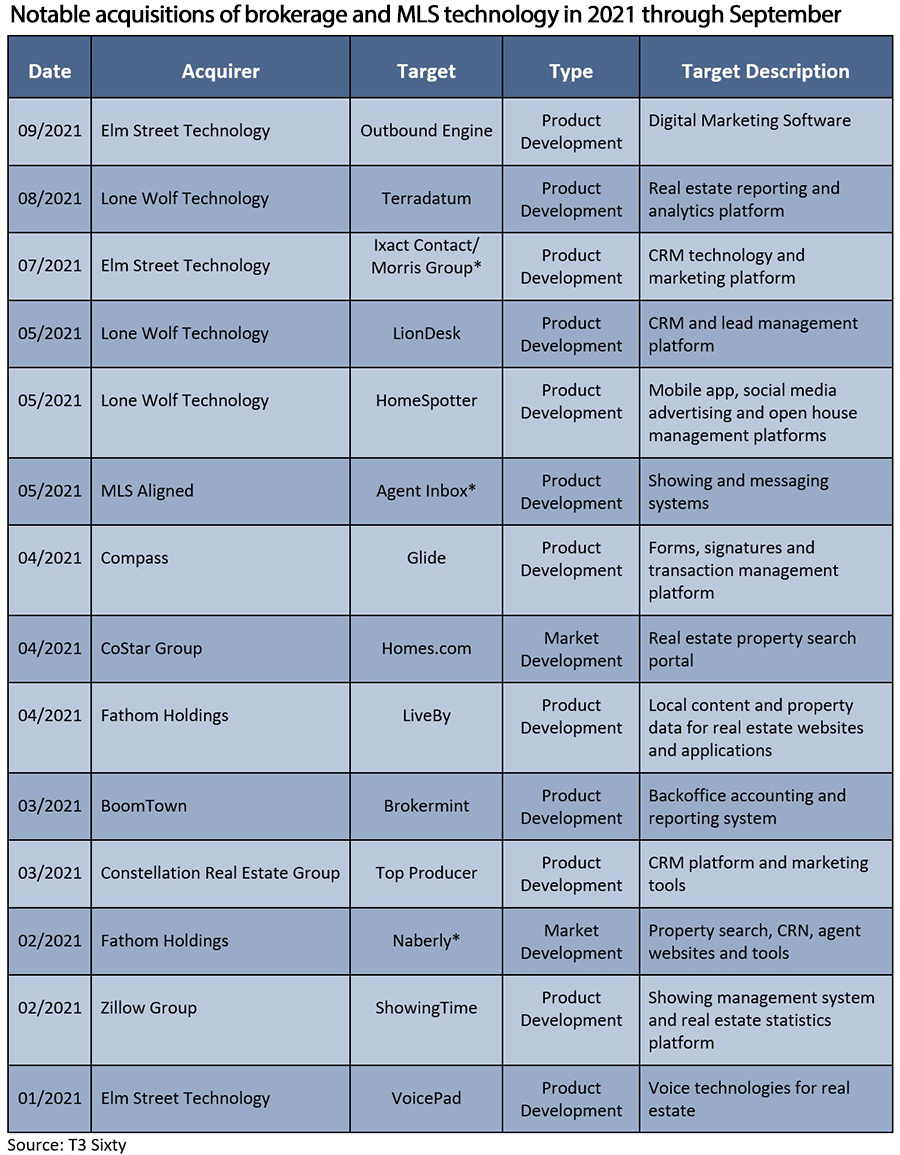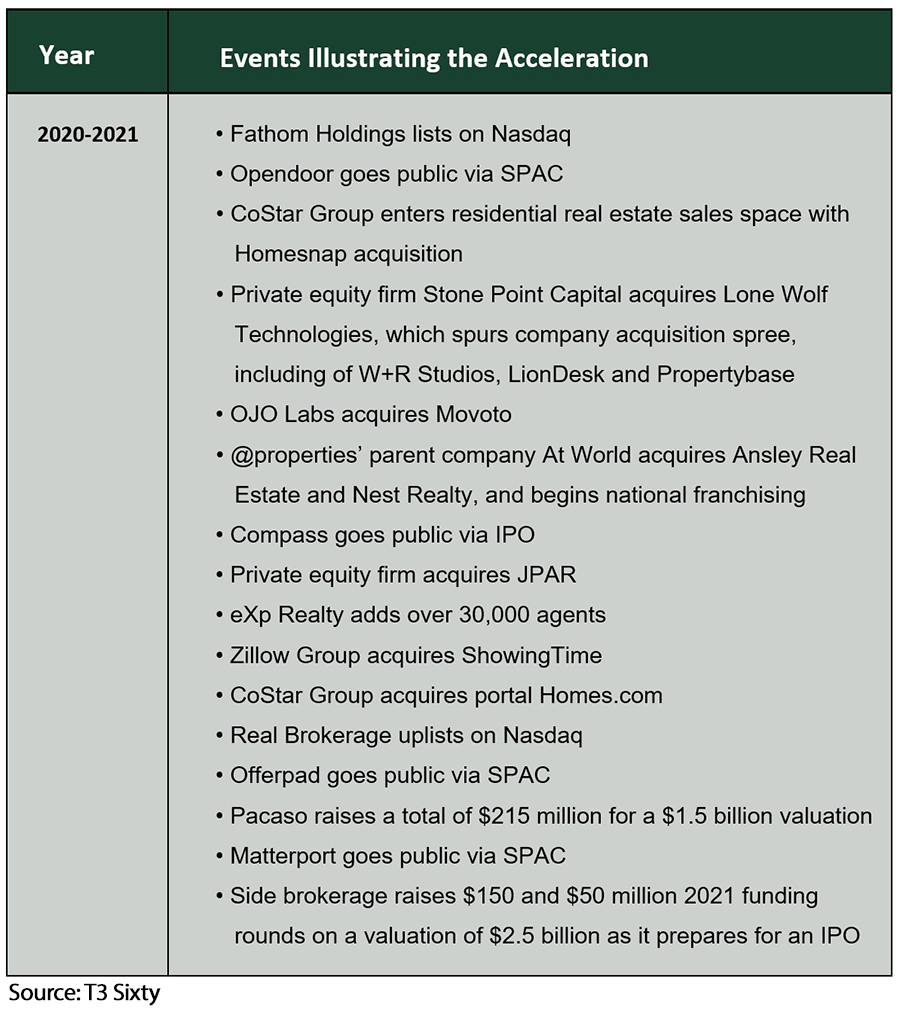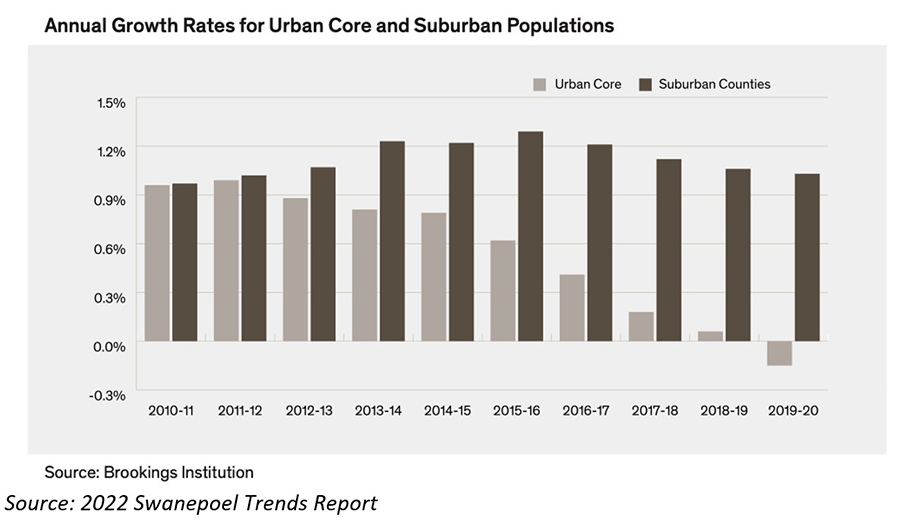Understand the key trends that will shape real estate in 2022
The 2022 Swanepoel Trends Report analyzes the industry's largest trends in one extensive 220-page study
LADERA RANCH, Calif., Dec. 6, 2021 /PRNewswire-PRWeb/ -- T3 Sixty, a real estate management consulting and analytics firm, has published the 2022 Swanepoel Trends Report (STR), the 17th annual edition of the report that identifies and analyzes the top trends that will shape the residential real estate brokerage industry for the next one to two years.
The report provides over 200 pages of in-depth research and analysis and strategy to help industry leaders deeply understand the forces shaping the shifting industry and how to take swift, knowledgeable action in response. This year's report covers the most significant trends catapulting the industry into uncharted territory, one dominated by large, well-financed mega companies, private equity and a formidable wave of newer players and models.
The 2022 STR includes the following nine trends in their own chapters:
- Trend 9 – The Impact of New Construction: Homebuilding's influence on the nation's persistent low inventory of housing
- Trend 8 – The Residential Real Estate Media Landscape: An analysis of the industry's leading news sources
- Trend 7 – Branch Manager Magic and How to Find It: How to hire and retain for this critical brokerage role
- Trend 6 – The Technology Consolidation Wave: How the accelerating cadence of brokerage technology acquisitions impact brokerages
- Trend 5 – CoStar Group: Inside Residential Real Estate's New Heavyweight: The operator of the nation's dominant commercial real estate portal dives into residential
- Trend 4 – Real Estate and the Great Reshuffling: How the pandemic impacted real estate consumer migration and habits
- Trend 3 – The Real Estate Financing Revolution: Approaching an end-to-end digital transaction through innovations in financing
- Trend 2 – Private Equity's Real Estate Rising: The increasing industry influence of private investors
- Trend 1 – The Accelerating Transformation: The industry embarks on a new era
Leaders can purchase a physical copy of the report at t3trends.com and purchase digital access at t3intel.com. An audio version will be available later in December.
A few of the trends are presented in more detail below.
Brokerage technology consolidation
The billions of dollars invested into the residential real estate industry in recent years has contributed to an increasing cadence of technology acquisitions, which can deeply affect brokerages and teams who rely on third-party tech systems to operate.
Between January 2019 and September 2021, the industry saw 34 real estate technology acquisitions. That's a blur of purchases in just 21 months and represents the time of great change and acceleration the industry faces as it heads into 2022.
Some acquisitions can make once-open technology proprietary, can change pricing and services and, in general, shift a product. Others can introduce improvements, establish new, deeper integrations and provide a more robust product.
To help facilitate an understanding for the consolidations taking place, T3 Sixty identified three primary purposes companies have for acquiring real estate tech firms. These are:
- Product Development
- Market Penetration
- Market Expansion
This trend in the report categorizes all 34 transactions, identifies the strategies they represented for the acquirer and provides readers with a sense of how these acquisitions affect their long-term tech strategies and what they should do about them and those that will certainly happen in the future.
For example, some consolidations make technologies exclusive to an acquirer's network, such as RE/MAX's 2019 acquisition of predictive marketing software provider First. Some consolidations, such as those by Constellation Real Estate Group, which acquired five companies from January 2019 through September 2021, create more full-featured platforms for brokers and agents to choose from.
Understanding the nuances of each purpose help give brokerage and team leaders insight into their technology stack. In addition, the chapter provides details on how to best evaluate the acquisition potential of a technology and how to best operate in an environment where acquisitions can happen at any time.
The Great Reshuffling
The big life and business adjustments associated with the Covid-19 pandemic truly marks a sustained change in where Americans live and work. This trend in the 2022 STR, The Great Reshuffling, analyzes how theses change influence today's housing market, and what brokers and agents should take away from this significant shift.
One of the big insights when analyzing the moving data associated with the pandemic is that Covid-19 did not necessarily create new moving trends, but accelerated some already long-developing ones, such as the migration away from higher-priced larger cities to lower-cost, more rural areas.
In fact, the number of realtor.com users searching for single-family homes in rural areas jumped 18.7 percent in June 2021 compared to June 2019. That was the highest increase of any area type over that period.
Of course, rural areas – which offer larger spaces at typically lower costs -- not only gained attention as a result of the pandemic. Second-tier cities also gained remarkable attention. From June 2020 to June 2021, for example, home prices increased the most in the following cities: Boise, Idaho; Austin, Texas; Provo, Utah; Colorado Springs, Colorado; and Youngstown, Ohio (the top 15 listed in the chapter).
A new stage
The top trend in 2021 presents the formation of a new business innovation stage in the real estate industry's ongoing evolution, The Great Acceleration.
Massive amounts of financing, rapid technology development and new business models that emerged over the last decade have catalyzed the industry into hyperdrive and will determine this era's competitive framework. Previous stages have lasted for an average of 10 to 15 years, and this new stage just got started in 2021.
Some of the hallmarks of this stage include an increasing concentration of production and market share among the nation's largest real estate companies, the growth of financing from public markets and private equity as a major competitive factor and the entrance and development of well-capitalized companies such as Zillow Group and CoStar Group, which will be making bold and interesting moves.
The chapter outlines the details and characteristics of this new business stage for the industry and some suggestions for how brokerages and teams can best adapt.
Leaders can purchase a physical copy of the report at t3trends.com and purchase digital access at t3intel.com.
About T3 Sixty
T3 Sixty is a trusted advisor and management consultancy in the residential real estate brokerage industry. T3 Sixty also provides extensive data services and research to affect intelligent change and growth. For more, visit t360.com.
About the Swanepoel Trends Report
Every year since 2006, T3 Sixty has deeply analyzed the top trends shaping the residential real estate brokerage industry and published the results in the Swanepoel Trends Report. The over 200-page report has won numerous national awards, including top honors for its 2019 edition from the annual book contest from the National Association of Real Estate Editors and silver and bronze medalist awards for multiple years from the AXIOM Business Book Awards. To purchase a digital copy, visit T3 Intel; to purchase a physical copy, visit here.
Media Contact
Chris Reilly, T3 Sixty, LLC., 949.397.2108, [email protected]
SOURCE T3 Sixty, LLC.




Share this article